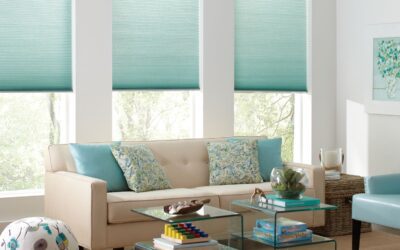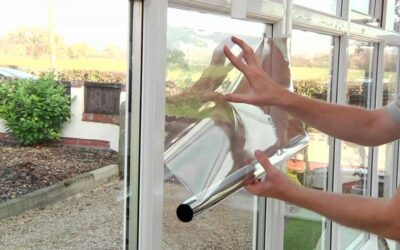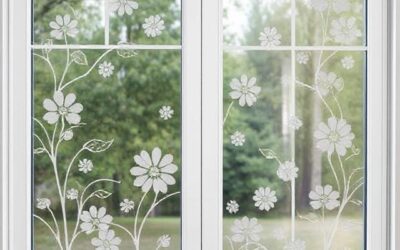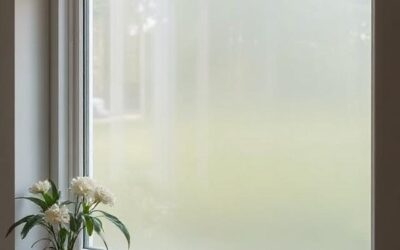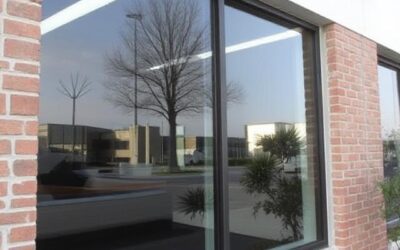Window tinting has long been a popular solution for improving home energy efficiency, increasing privacy, and protecting interiors from harmful UV rays. But like any feature of your home, window tints aren’t meant to last forever. Over time, wear and tear, environmental exposure, and evolving technologies may render your existing film less effective or even problematic. If you’re starting to notice issues with your home’s windows, it might be time to consider window tint replacement.
In this article, we’ll explore 5 clear signs that your home needs window tint replacement, explain the benefits of replacing old window film, and share how updated tint can improve your comfort and savings.
Why Window Tinting Matters for Your Home
Before diving into the signs of degradation, it’s important to understand why window tinting is so valuable in the first place. Quality residential window film offers:
- UV protection to prevent fading of furniture, flooring, and artwork
- Energy efficiency by reducing solar heat gain and minimizing HVAC usage
- Increased privacy during the day
- Enhanced curb appeal
- Glare reduction, especially on TVs and screens
However, these benefits only last as long as the tint stays in good condition.
Sign #1: Fading or Discoloration of the Tint
One of the most visible signs that your window tint needs replacement is fading, discoloration, or a purplish hue. Over time, older tints—especially those made with dye-based technology—tend to lose their original color due to prolonged sun exposure.
What it means:
Fading tint is a clear indicator that the film has lost its UV-blocking effectiveness. This means your interiors are no longer adequately protected, and the tint is not performing its primary function.
SEO Tip: If you’re searching for a solution to protect your furnishings from sun damage, look for UV-blocking window film replacement services near you.
Sign #2: Bubbling or Peeling Film
Have you noticed air bubbles, peeling edges, or wrinkled areas on your window film? This often results from failed adhesive or poor-quality installation.
What it means:
Bubbling can block your view, reduce the film’s ability to block heat, and eventually cause complete film failure. It also allows moisture and dirt to seep in between the tint and the glass, further degrading the performance.
Common causes include:
- Age-related adhesive breakdown
- Exposure to excess heat or moisture
- Poor installation by an inexperienced contractor
Fix: It’s best to remove the damaged film and replace it with a professionally installed, high-quality window tint.
Sign #3: Increased Indoor Temperatures or Higher Energy Bills
One of the main reasons homeowners install window tint is to reduce solar heat gain. If your home has started to feel noticeably warmer despite your HVAC running consistently, or if you’ve seen a spike in energy costs, your old window tint may no longer be effective.
What it means:
The solar control layer in the film has likely worn out, meaning it no longer reflects or absorbs sunlight as it once did.
Bonus Tip: Upgrading to modern ceramic or spectrally selective films can dramatically improve insulation and energy savings.
Sign #4: Visible Scratches, Cracks, or Damage
Everyday wear, pets, kids, and even cleaning tools can cause scratches, dents, or minor cracks in the film. While these may seem cosmetic, they compromise the integrity of the tint and may spread over time.
What it means:
Damaged tint not only affects your home’s appearance but also weakens the film’s ability to block UV rays and maintain temperature balance. A scratched or cracked film may also reduce the shatter-resistance benefit that some security films provide.
Recommendation: Consider replacing damaged window tints promptly to maintain both function and visual appeal.
Sign #5: Outdated Technology or Aesthetic Preference
If your tint was installed more than 10–15 years ago, there’s a high chance that newer, more efficient technologies have since entered the market. Modern films offer better UV protection, solar heat rejection, clarity, and longevity than older versions.
Additionally, you may want a more modern, neutral look compared to the darker or mirrored films popular in decades past.
What it means:
Even if your tint looks fine, replacing it could offer significant upgrades in performance and style.
Search Tip: Try looking for “modern residential window tint installation” or “low-E window film installers near me” to explore contemporary options.
The Benefits of Replacing Old Window Tint
When you replace your outdated or damaged window tint, you can expect:
- Improved Energy Efficiency: Reduce reliance on heating and cooling systems
- Enhanced UV Protection: Shield interiors and skin from harmful rays
- Better Appearance: A cleaner, sleeker aesthetic from high-clarity films
- Increased Property Value: Modern upgrades are attractive to potential buyers
- Stronger Security: New films can improve glass shatter resistance
How Often Should You Replace Home Window Tint?
The lifespan of window tint depends on:
- Film type: Dyed films may last 5–8 years, while ceramic or metalized films can last 15–20 years
- Sun exposure: South- or west-facing windows may wear out faster
- Installation quality: Professionally installed films tend to last longer
- Maintenance: Regular, non-abrasive cleaning can extend life
Rule of thumb: Evaluate your window film’s condition every 8–10 years or sooner if you see signs like bubbling, fading, or peeling.
Choosing the Right Replacement Film
When replacing your home’s window tint, consider the following options:
- Ceramic Window Film: Excellent clarity and heat rejection with no metal interference
- Low-E Film: Helps retain interior heat during winter and repel it during summer
- Security Film: Reinforces glass against break-ins and storms
- Decorative Film: Offers privacy and style without sacrificing natural light
Always work with a licensed and experienced installer to ensure the film is applied correctly and covered by warranty.
Final Thoughts: Don’t Ignore the Warning Signs
If you’ve noticed bubbling, fading, or higher utility bills, your window tint may no longer be doing its job. Replacing old or damaged window film is a smart home improvement move that restores comfort, improves aesthetics, and reduces energy costs.
Whether you’re in Colorado or anywhere else looking for home window tint replacement, now is the time to schedule an inspection and upgrade to a high-performance solution.
